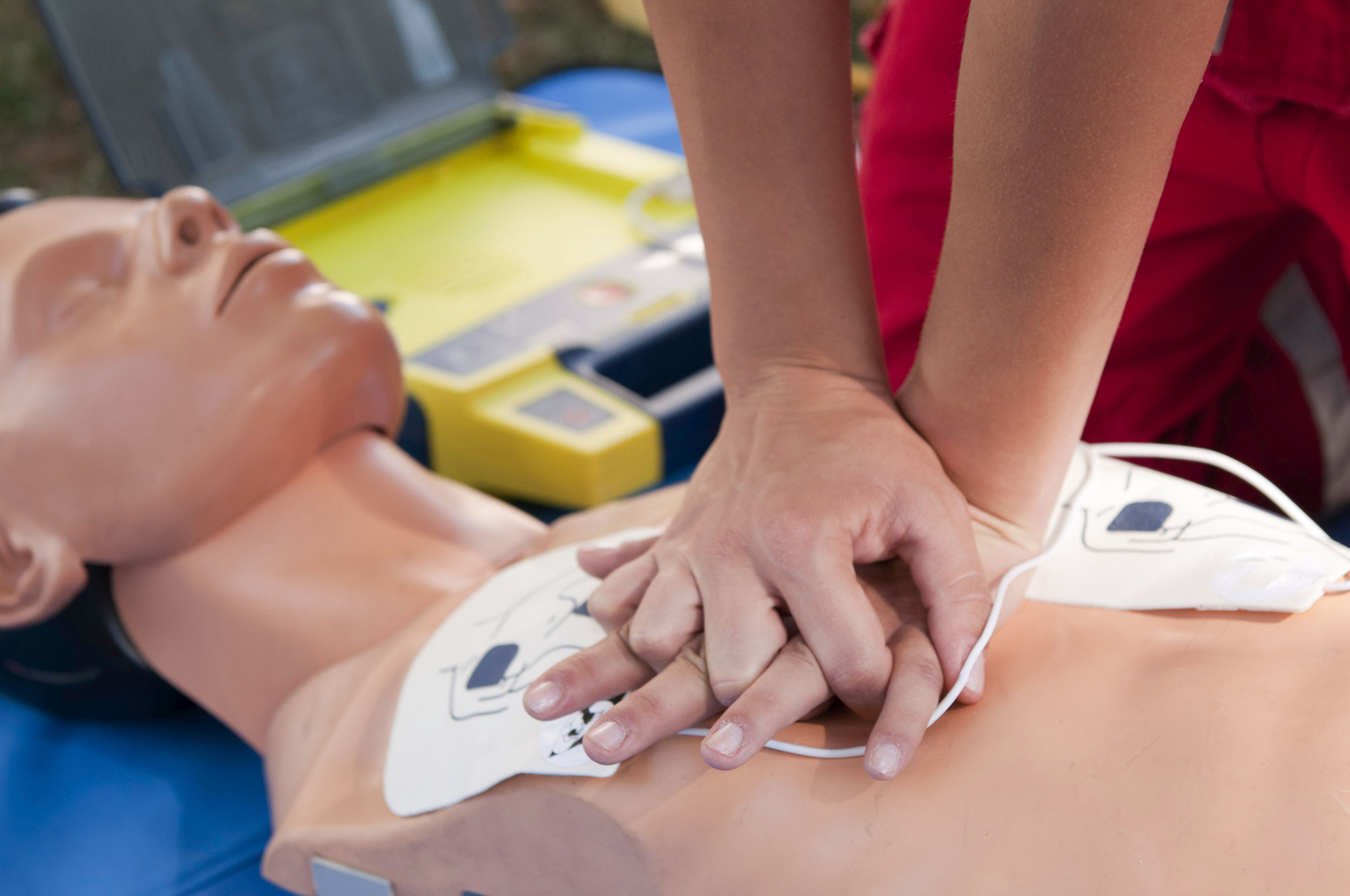Debunking Common CPR Myths: What You Really Need to Know
Understanding CPR: The Basics
Cardiopulmonary resuscitation, commonly known as CPR, is a life-saving technique crucial in emergencies like cardiac arrest. Despite its significance, many myths surround CPR, leading to misconceptions about its effectiveness and application. In this blog post, we'll debunk some common CPR myths and provide you with the facts you need to know.

Myth 1: CPR Always Restarts the Heart
A prevalent misconception is that CPR can restart a stopped heart. In reality, CPR does not restart the heart. Instead, it maintains blood flow to vital organs until advanced medical help arrives. By performing CPR, you can double or even triple a victim's chance of survival. It's important to understand that CPR is a crucial interim measure, not a definitive solution.
CPR's Real Purpose
The primary goal of CPR is to maintain circulation and oxygenation of the brain and other organs. This is achieved through chest compressions and rescue breaths. The chest compressions help circulate blood, while the rescue breaths provide oxygen. Remember, immediate action is vital; every second counts when someone's life is on the line.

Myth 2: Only Doctors Can Perform CPR
Another common myth is that only medical professionals are qualified to perform CPR. In truth, anyone can learn and perform CPR. Basic CPR training is accessible and designed for laypeople. Many organizations offer courses that teach you how to perform CPR effectively, empowering you to act confidently in emergencies.
Importance of Training
While professional medical help is always preferred, bystander intervention can be the difference between life and death. Training provides you with the necessary skills and knowledge to respond appropriately. Consider enrolling in a local CPR course to become a certified provider and make a difference in your community.

Myth 3: Mouth-to-Mouth Is Always Required
Some people are hesitant to perform CPR due to concerns about mouth-to-mouth resuscitation. However, recent guidelines emphasize the importance of chest compressions over rescue breaths for untrained rescuers or in situations where mouth-to-mouth is not possible. Compression-only CPR can still be highly effective in maintaining circulation.
When to Use Compression-Only CPR
If you're untrained or uncomfortable performing rescue breaths, focus on providing continuous chest compressions until help arrives. Ensure that the compressions are deep enough and maintain a steady rhythm to maximize their effectiveness. Remember, any attempt at CPR is better than no attempt at all.

Myth 4: You Can Harm Someone by Performing CPR Incorrectly
Fear of causing harm often prevents people from attempting CPR. While it's possible to cause minor injuries like broken ribs, the potential benefits far outweigh the risks. In an emergency situation where someone's heart has stopped, attempting CPR is crucial for survival.
The Legal Perspective
Good Samaritan laws exist in many places to protect individuals who attempt to provide aid in emergencies. These laws encourage bystanders to assist without fear of legal repercussions, as long as their intentions are to help. Don't let fear hold you back from saving a life.
Understanding the realities of CPR is essential for anyone who might find themselves in an emergency situation. By debunking these myths and spreading awareness, we can empower more people to act confidently and potentially save lives when every second matters.